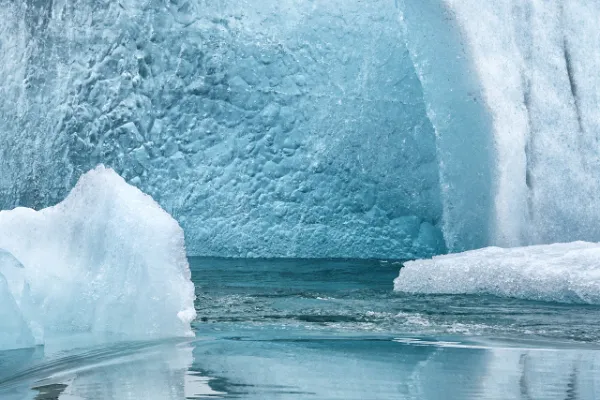Iceland Adventure Awaits: When is the Best Time to Visit
Iceland. The Land of Fire and Ice. A place where glaciers glisten under the midnight sun, volcanoes rumble beneath the earth, and waterfalls cascade into dramatic landscapes. But with such diverse natural wonders, the question arises: when is the best time to visit Iceland?
Summer Sun or Winter Wonderland?
There’s no single “best” time for Iceland, as its charm depends on the experiences you crave. Here’s a breakdown of the pros and cons of each season, helping you pick the perfect adventure:
Summer Daze (June – August):
- Pros: Long daylight hours (think 20+ hours!) perfect for exploring, comfortable temperatures (average highs around 13°C/55°F), most popular attractions accessible, vibrant festivals and cultural events.
- Cons: Peak tourist season means higher prices and larger crowds, some popular activities might require booking in advance, unpredictable weather with occasional rain showers.
My Summer Snapshots:
Imagine exploring the Golden Circle bathed in golden sunlight, hiking on a glacier under the midnight sun, or soaking in a geothermal pool with breathtaking views. Summer in Iceland is magical, but be prepared to share the beauty with fellow travelers.
Shoulder Seasons (May & September):
- Pros: Fewer crowds compared to summer, pleasant temperatures (average highs around 10°C/50°F), stunning fall foliage in September, some attractions still accessible.
- Cons: Limited daylight hours compared to summer, some attractions might have shorter operating hours or be closed altogether, unpredictable weather can include wind and rain.
Chasing Autumn’s Magic:
Hiking amidst golden-hued landscapes and experiencing the first glimpses of the Northern Lights – shoulder seasons offer a unique perspective on Iceland. Be prepared for changeable weather and potential limitations on activities.
Winter Wonderland (September – April):

- Pros: Experience the Northern Lights dancing across the night sky (best visibility between September and April), fewer crowds and lower prices, opportunity for unique winter activities like ice caving or snowmobiling.
- Cons: Short daylight hours (less than 5 hours in December), extremely cold weather (average highs around 1°C/34°F), some attractions might be closed due to snow and ice, driving conditions can be challenging.
My Encounter with the Aurora:
Standing beneath a sky ablaze with the Northern Lights is an experience that stays with you forever. Winter in Iceland offers this breathtaking spectacle, but be prepared for the cold and potentially limited daylight hours.
Beyond the Seasons: Personal Preferences
Ultimately, the best time to visit Iceland depends on your priorities:
- Adventure Seeker: Summer offers the most daylight for exploring and a wider range of activities.
- Budget Traveler: Shoulder seasons might offer better deals on flights and accommodation.
- Northern Lights Enthusiast: September to April holds the key to witnessing this celestial phenomenon.
- Peace and Quiet Seeker: Consider the shoulder seasons or even the quieter winter months for a more secluded experience.
Remember: Iceland’s weather can be unpredictable year-round. Pack layers and waterproof gear no matter when you visit.
Making Your Iceland Dream a Reality
With a little research and planning, you can make your Icelandic adventure unforgettable. Consider factors like daylight hours, weather conditions, activities you crave, and desired budget. Don’t hesitate to reach out to travel agents specializing in Iceland for personalized advice.
My Iceland Adventure Awaits You Too!
Iceland has a special place in my heart. From the dramatic landscapes to the vibrant culture, it’s a place that constantly surprises and enthralls. Whether you crave the warmth of summer or the magic of winter, there’s a perfect time in Iceland waiting for you.
When is the Best Time to Visit Iceland?
That depends on what you’re after. If you crave endless daylight, mild temperatures, and a vibrant atmosphere, summer (June to August) is your prime time. For a quieter experience with a chance to witness the Northern Lights, consider the shoulder seasons (May, September, and October) or winter (November to March). But remember, Iceland is a land of surprises, so no matter when you go, be prepared for anything – from sunshine to snowstorms.
So, pack your bags, embrace the adventure, and get ready to experience the Land of Fire and Ice for yourself!